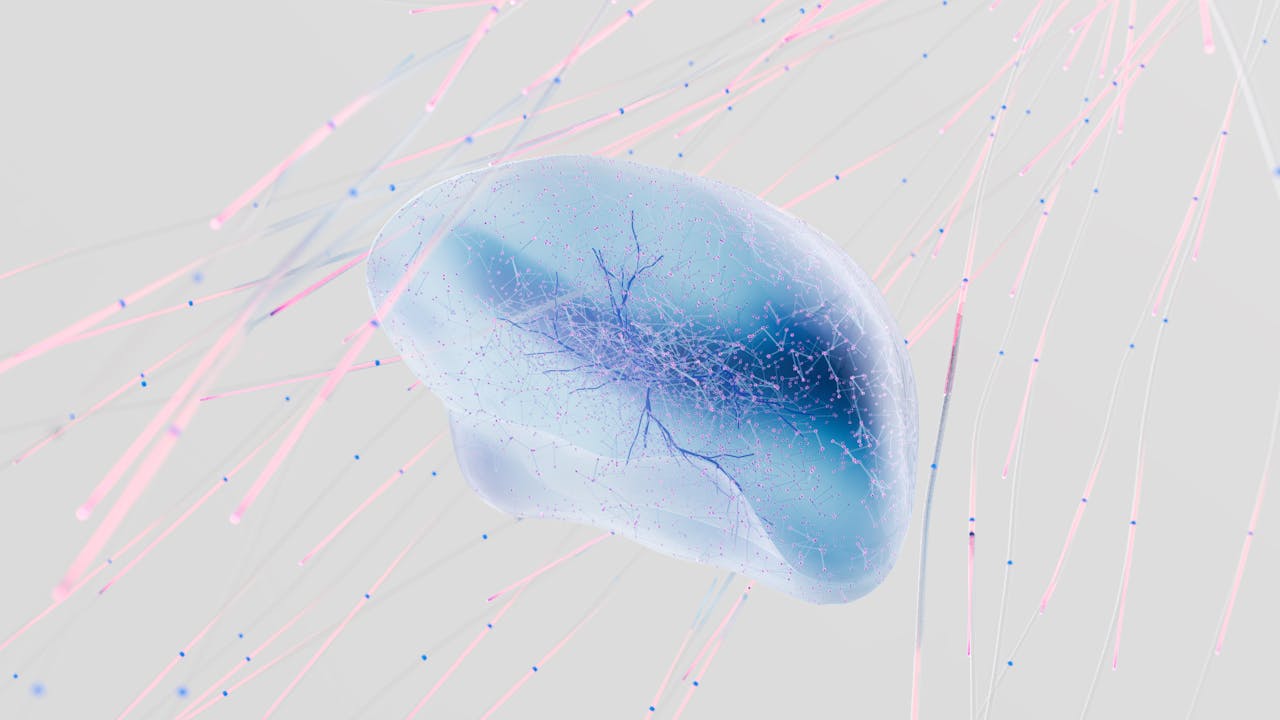News
New Link Found Between Environmental Toxin And Alzheimer's
Too much exposure to one kind of environmental toxin can lead to a rise in neurodegenerative diseases such as Alzheimer's, according to researchers from the University of Miami.
The research was conducted on brain tangles and amyloid plaques that inflict the brains of those who suffer from Alzheimer's as well as an illness suffered by villagers on the Pacific Island of Guam who consume a diet contaminated by a toxin, BMAA. Villagers who suffer from this illness seem to be similar to patients of dementia such as Alzheimer's, ALS and Parkinson's.
Even though the reasons for the neurodegenerative disease is not revealed, a poorly understood aspect of the disease is the role that the environment can play. The current study indicates BMAA, a neurotoxin found in some algae, as an important factor.
"Our findings show that chronic exposure to BMAA can trigger Alzheimer's-like brain tangles and amyloid deposits," Paul Cox, lead author said in a press release. "As far as we are aware, this is the first time researchers have been able to successfully produce brain tangles and amyloid deposits in an animal model through exposure to an environmental toxin."
In a couple of experiments, vervets, a species of monkey was subjected to some research. One group was fed BMAA, which made them develop neurofibrillary tangles and amyloid deposits just like those in the Pacific Islanders who died from it. Another group was given an equal amount of L-serine, or a dietary amino acid, leading to a reduction in "tangle density".
In the next experiment, the first group was given an additional dose of BMAA, the second group was fed a reduced amount, the third one was given equal amounts of BMAA and L-serine while the fourth was just a control that got only fruit.
After 140 days, all the vervets dosed with BMAA got tangles and amyloid deposits in their brains, while others dosed with an equal amount of L-serine displayed a lesser density of such deposits and plaques.
"This study takes a leap forward in showing causality - that BMAA causes disease," said Deborah Mash, co-author of the study. "The tangles and amyloid deposits produced were nearly identical to those found in the brain tissue of the Pacific Islanders who died from the Alzheimer's-like disease."
The findings were published in the Jan. 20 issue of the Proceedings of the Royal Society B.









Join the Conversation